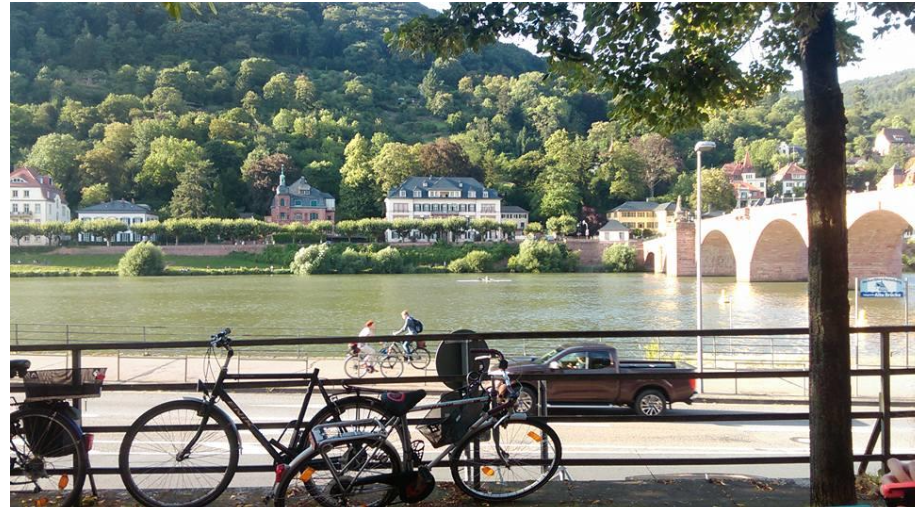The Life

Thomas was born to Francis and Ruth Harley of Osgathorpe, Leicestershire, the second child in a family of four boys and two girls. It seems likely that the Harley’s were the typical small landowning family that was the backbone of rural life, the local worthies who organised the village community, dispensed poor relief, set a good example, and might aspire to becoming Lord of the Manor one day. Francis, the eldest son who would inherit the majority share of any estate, stayed at home. The others needed to seek their fortunes elsewhere – Thomas went to London, as did youngest son Nicholas, but William only went as far as Leicester. Ellen married at Breedon-On-The-Hill, and Anne at Bagworth.
Camden’s Britannia described him simply as: “Thomas Harley, citizen of London”. Whether he was in business, and if so what type, is unknown, but he did marry and survive two wives, Joan and Mary. had been widows of ‘citizens of London’.
Widows were subject to being recycled, due to the average low male age at death, and their acquired property often made them a more attractive proposition than a single young woman with a dowry. One can only speculate how much of a London gentleman’s wealth came from shrewd marriages. Whatever Thomas Harley’s affairs were, they were carried on during a very turbulent and dangerous period in English history – the Civil Wars between Parliamentary and Royalist forces and their ideals – now over simplified to ‘Roundheads versus Cavaliers’. He may even have seen King Charles I on trial and later beheaded at Whitehall. Then followed the disturbances of the Commonwealth period, then repression under the Lord Protector, Oliver Cromwell.
London was a Parliamentary stronghold and virtually under martial law and so was Leicester, but Ashby, just five miles from Osgathorpe, was in a pocket that was staunchly Royalist – and paid the price. It must have created difficulties in communication and travel but Thomas Harley undoubtedly kept close ties with his parents, elder brother Francis and family in Osgathorpe. This may be inferred by much of his accrued holdings in land and property being in and around the area Snibston, Hugglescote, Walton, Belton, Whitwick, etc.
Francis Harley Senior died about 1658, followed by Francis Harley Junior about a year later, leaving widow Sarah and children Francis, William and Ruth. Thomas Harley was now the senior member of the family and approaching fifty years of age. Good reasons, perhaps, that by the early 1660’s he was resident in Osgathorpe, possibly at Osgathorpe Hall. The timing was fortuitous, London became very unhealthy in 1665, and very warm in 1666. Charles Il had also returned to his childhood roots with the restoration of the Monarchy.
Thomas Harley married for the third time, to yet another Mary, and yet another widow, of Samuel Blount, Rector of Walton.Perhaps because he had no children of his own, Thomas Harley assigned some of his holdings to a fund in order to eventually found a free school in the village for local children. The intention was ultimately to send Divinity students to Cambridge.
Unexpectedly, it was said, early in 1668 Mary found that she was pregnant, and understandably Thomas wanted to drop the school plans to make provision for his new heir. Mary not only persuaded him to continue with the project, but, as she had been the widow of a Rector, must have been instrumental in adding a home for ‘clergymen’s widows’ to the scheme, greatly increasing the expense. Mary must have counted herself fortunate in her remarriage, most clergyman’s widows immediately lost the family home, which went to the new cleric, of course, and could find themselves in dire straits, especially when left with young children.

Daughter Mary was born in August 1668 and survived. She proved to be Thomas Harley’s only heir as he died in January 1670, at the advanced age of fifty-six years. Mary was widowed for a second time, which was not unusual in those days, and with a sixteen month old child that would never know her father, but would live to the same age.
Recent work in May 2017 replacing the wooden flooring on the north side of the church aisle has revealed the memorial stone to Mary recording her death on 24th June 1724. The stone is in too poor a condition to contemplate removal but its position under the rear most pew is recognised by a brass plaque.
Thomas Harley was buried at St. Mary’s and later a plaque incorporating his Arms and a fulsome testament to his life and generosity was erected on the South chancel wall by his trustees. This has now been relocated onto the North wall.
Get In Touch With Us Today
Menu
Menu
Quick links
Call us
0116 222 2200
Mail Us
sue.stevenson@charity-link.org
Visit Us
20a Millstone Lane Leicester LE1 5JN